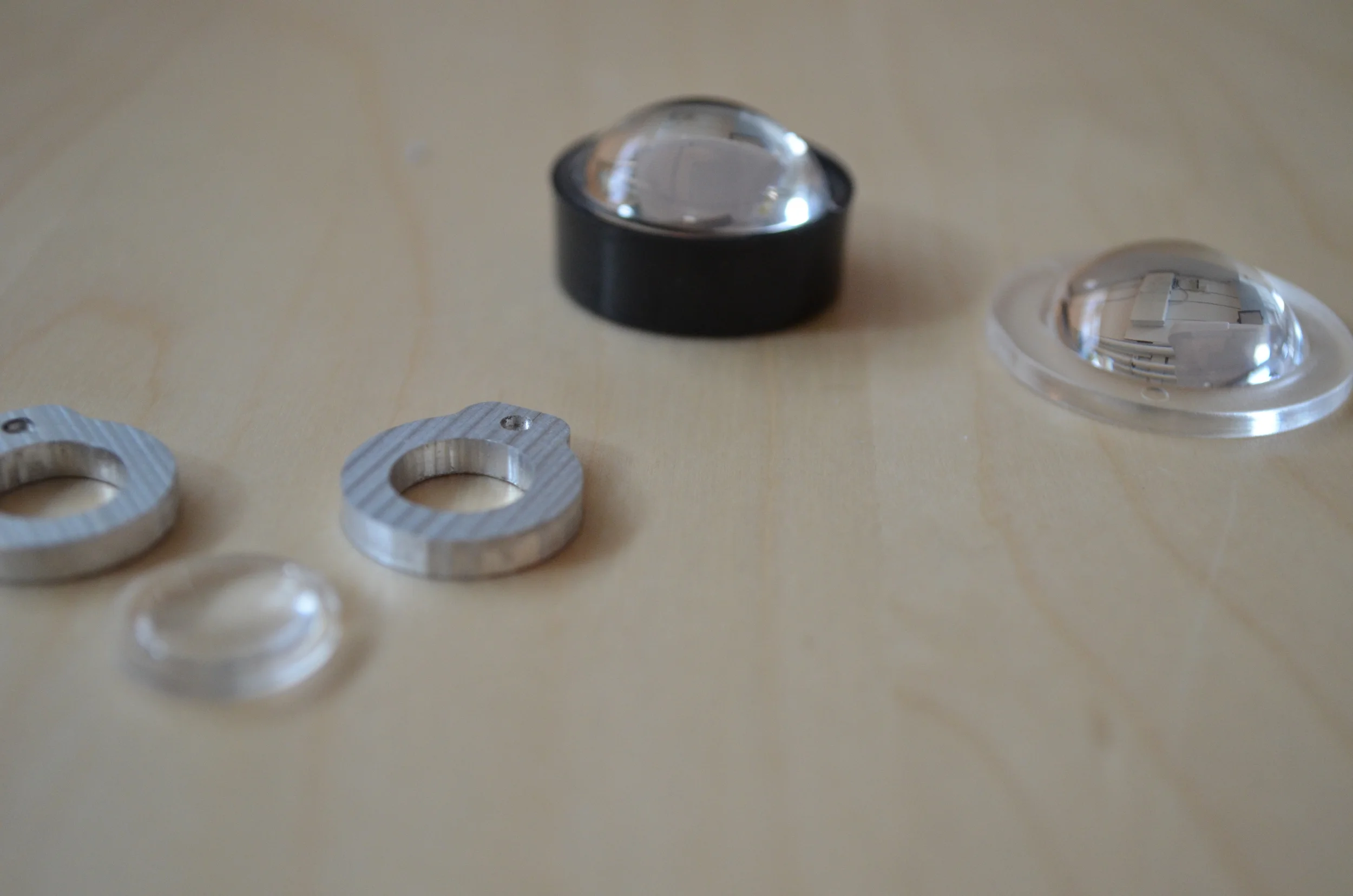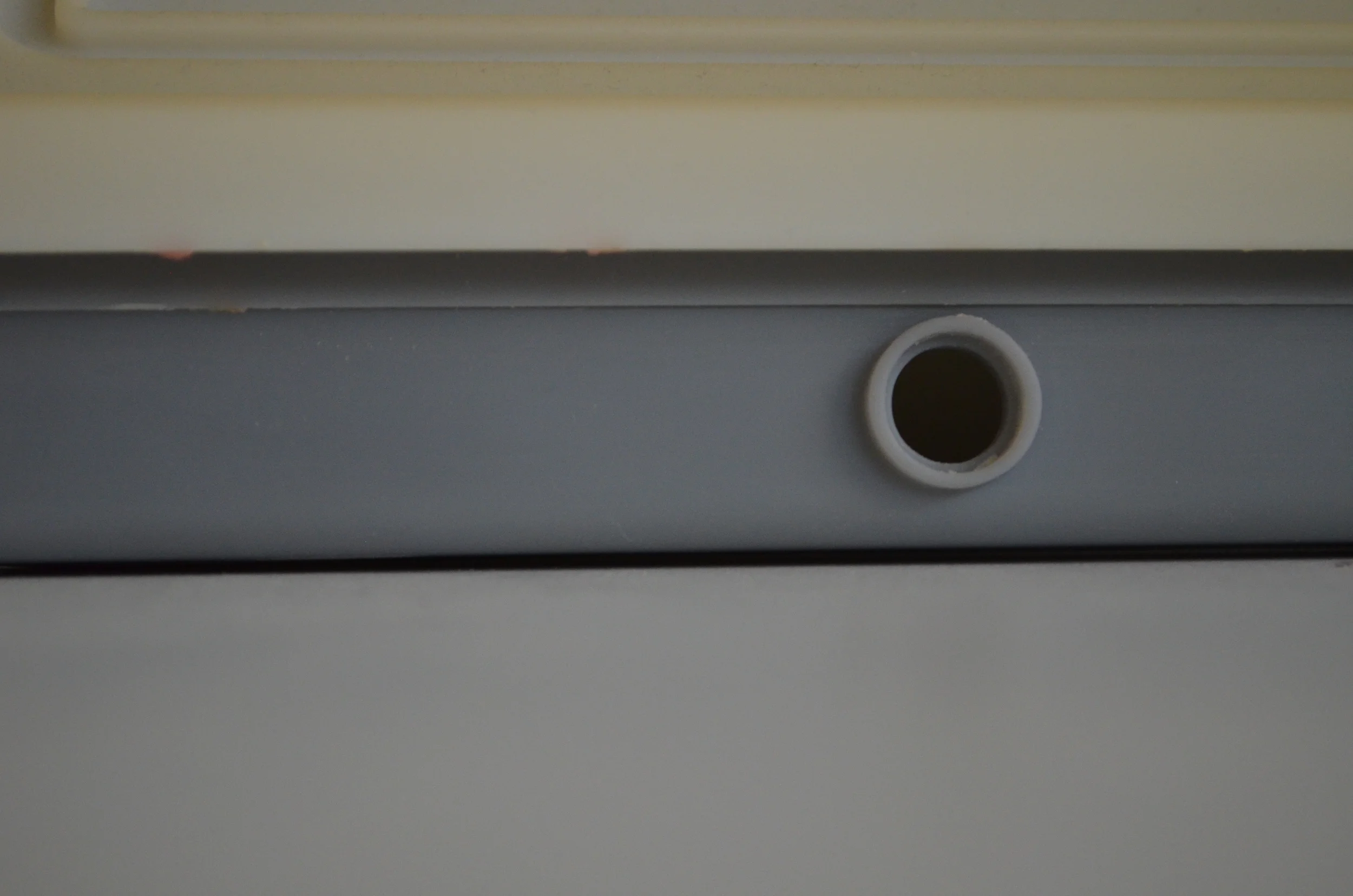Design:
Feeding the Future:
- This data visualization shows how the typical daily diet for someone in the U.S. has changed over the decades - far less whole milk and red meat (offset by an uptick in chicken) and an explosive increase in the amount of cooking oil consumed. Notably, animal derived nutrition is still a significant share. As carbon concerns grow and lab-perfected substitutes to animal proteins get eerily accurate thanks to venture capital pouring in, it's likely that we will see a slow drift towards fewer creature sourced calories. We're praying that Soylent won't be prominent enough to have its own category in 10 years.
Automatons:
Roadmapping the Future:
- From polymer science to GPS, the research and development priorities set by militaries with the aim of killing one another more effectively find their way into our day to day lives, albeit in greatly transformed ways. As a means to generate something that could be reasonably recognized as progress, the pay for swords and hope for plowshares model has always been dangerous. That it sometimes delivers on the promise of a better future says more about our human capacity for creative subversion than the inherent benefits of such a system. The Wall Street Journal has an article on the development of railgun technology and it is filled with the repetitive beats that accompany each new era of betting on death: huge budgets that siphon resources (money, materials, energy - the railgun itself requires a powerplant that could run 18,750 homes) an unquestioned attraction to the aesthetics of power and violence, and rattling off stats that quantify the technology, never speaking qualitatively of impacts on human lives when it works as intended. It is inevitable that in our collective resourcefulness many will find aspects that can be bent into benevolent forms but in hacking a circuitous path to progress out of what was designed for destruction, it's hard to believe we are pulling from the best of our possible futures.
More next week.
Design:
Virtually There :
Automatons:
- Chinese appliance company Midea is acquiring a majority stake in Kuka, a big player in the industrial robotics sphere. China's rapidly increasing labor costs combined with a commodities glut and irregular patterns of production demand makes buying into a deep fleet of robots a logical (if politically tricky) bet. While adding manufacturing jobs is a standard political trope in election cycles, in reality the future of production will belong to the countries and companies that are most willing to make aggressive moves away from human labor in factory roles.
Technology Odds & Ends:
- As part of their sprawling research and hardware efforts, Google has developed a "gigapixel" camera to capture the fine detail and texture of artwork. It scans across from detail to detail with robotic positioning, using a combination of laser and sonar to measure distance and focus accordingly. It goes to show how Google's mission of organizing the world's information has grown in breadth and depth over the years, reaching for as much omniscience as the state of the art (and R&D budgets) will allow.
More next week.
Design:
Watching the Watchmen (with data):
Upgrading Ourselves:
- You can build your own artificial pancreas if you think the FDA isn't moving fast enough. The story of the technology itself is not new, but the fact that building these systems is gaining wider acceptance and adoption and moving from fringe hacker activity to flirting with the mainstream is telling. This seems destined to become a template for building technologies into our bodies outside of clinical contexts - if your neighbor is doing it, it starts to feel a lot less risky and exotic.
More next week.




